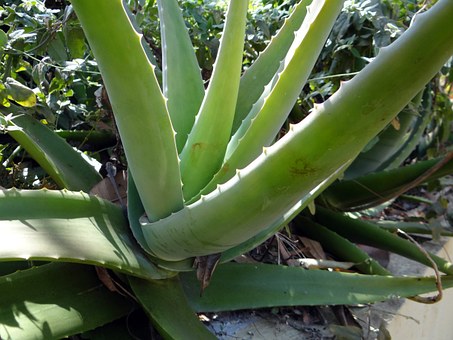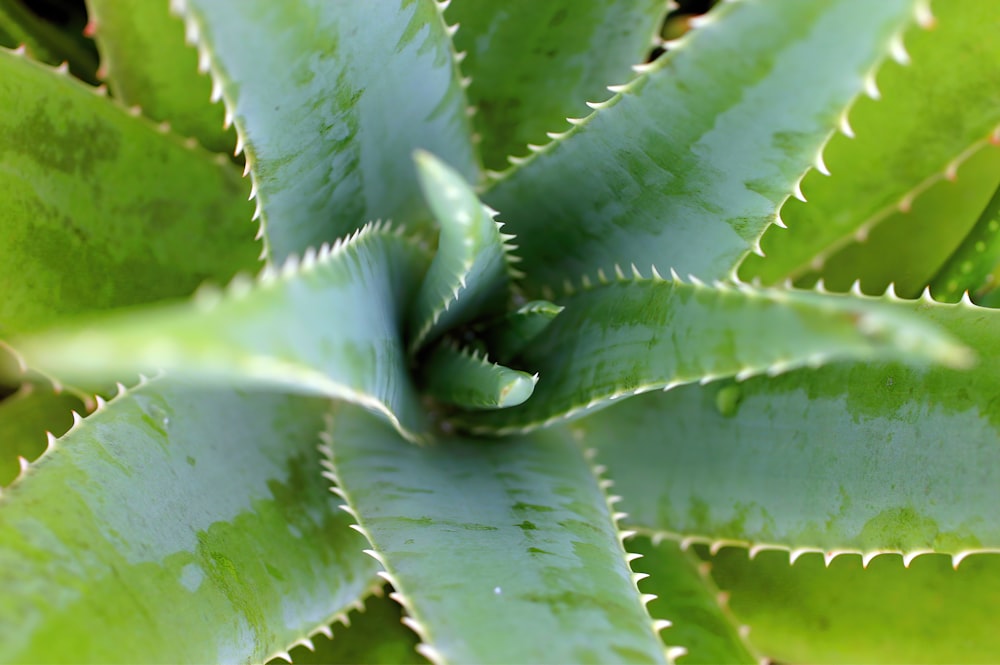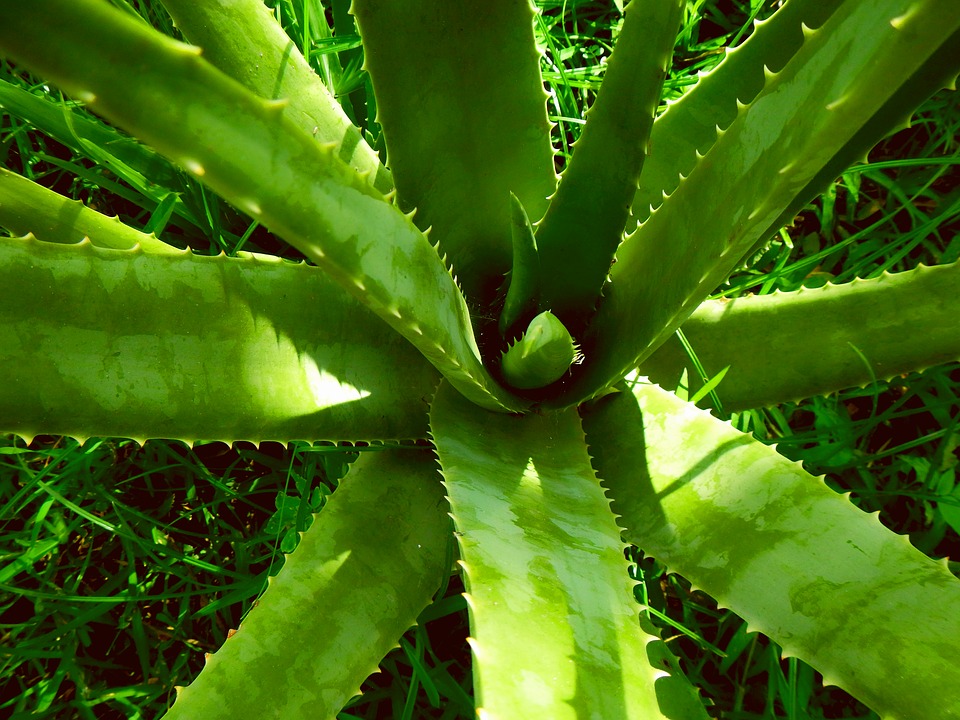In our last article about Aloe Vera, we talked about how to plant and repot the plant, and in this article, we will go through how to care for your Aloe Vera plant. Normally, Aloe Vera is very easy to care for, but we have included some of our best tips to guide you through it if ever you have some doubts.
Light
Like every other plant, Aloe Vera needs light to grow appropriately, placed in indirect sunlight or artificial light that is bright and indirect. A window facing west or south is preferable. Low-light aloes are prone to becoming leggy.
Temperature
As mentioned earlier, Aloe Vera needs light to survive, so it flourishes in warm weather, and summer is its ideal season. The best temperature for Aloes to survive is between 13 and 27°C. The plant loves warm but not hot weather. If you live in a hot region, it would be best to plant the Aloe Vera indoors and avoid exposing it to direct sunlight.
You may want to plant it in an easily transportable container so that you can switch it from indoor to outdoor easily for when the weather will be too cold or too hot…
Fertilizing
Some people love to fertilize their plants, but keep in mind that not every plant loves fertilizers. For instance, do not fertilize your plant more than once per month. You should fertilize only in the spring and summer, with a 1/2 strength balanced houseplant recipe.
Repotting
If you care for your plant well, you will notice that it will grow bigger and sometimes it may even outgrow the container as there will be many pups. You will need to follow our guide for planting and repotting to do it well.
Watering
We’ve talked about every easy thing to do to keep your plant healthy. Now we come to the tricky part; watering. Don’t be scared; this guide will help you through. Even though. Aloe Vera is created in a way that it can defeat a dry environment; it will still need water.
The soil should feel wet whenever you water your plant; you do not have to water your plant every day. If the soil stays wet for long, the roots will tend to rot. It is recommended to re-water once the soil is back to dry.
You should allow the top third of your soil to dry between the watering. So if your soil is 12 inches deep, the top 4 inches should be dry. To test, you should use your hands. If you do not know how to test, I will suggest you water your plant every 3 weeks, and in winter, you should double this time so you will water every 6 weeks.
During the watering process, at some point, you will see water sitting at the bottom (that went through the drainage); let it remain there for a maximum of 15 minutes, then discard the water.
Removing Pups
Offsets—also known as pups or “babies”—are typically produced by mature aloe vera plants and can be removed to generate a new plant. Using pruning shears, scissors, or a sharp knife, locate where the offsets are linked to the mother plant and remove them—leaving at least one inch of stem on the pups.
Let the offsets out of the soil for several days; this allows the offset to create a callous over the cut, protecting it from rot. During this time, keep the offsets in a warm, indirect light environment. Pot the offsets in a typical succulent potting mix once they’ve developed calluses. It’s important to have well-draining soil. Place the newly potted in a sunny spot. Wait at least a week before watering, and keep the soil dry.
It is an amazing experience to plant Aloe Vera, I have learned a lot through my journey, and I am sure you will too. Additionally, they have a lot of uses, and you will be able to have them naturally. Let us know in the comments what do you use Aloe Vera for…



